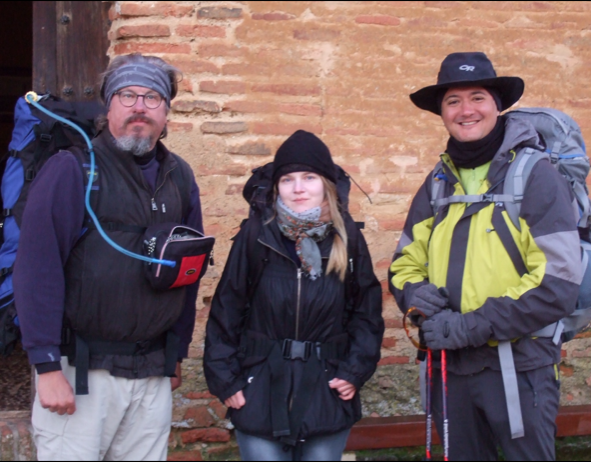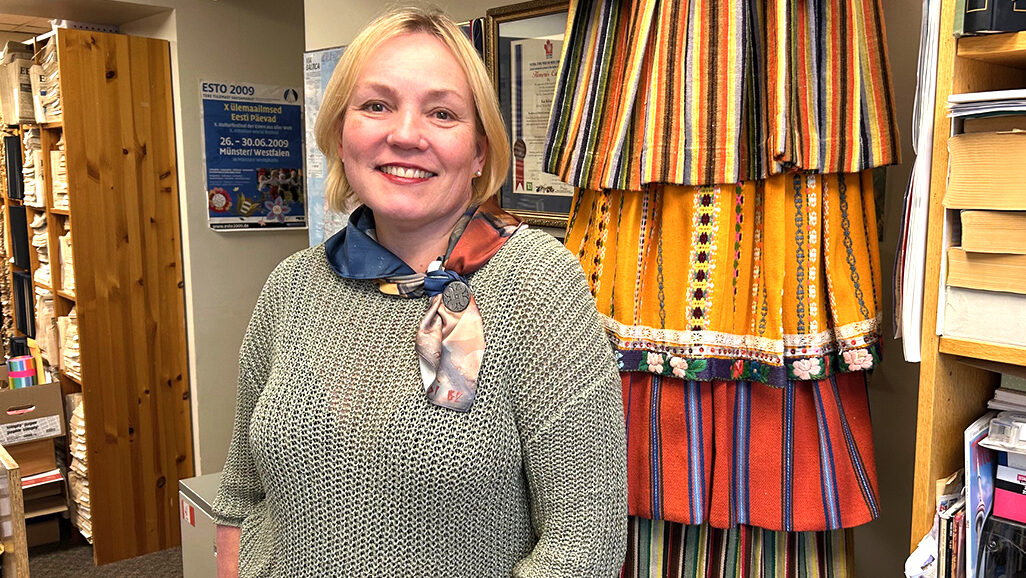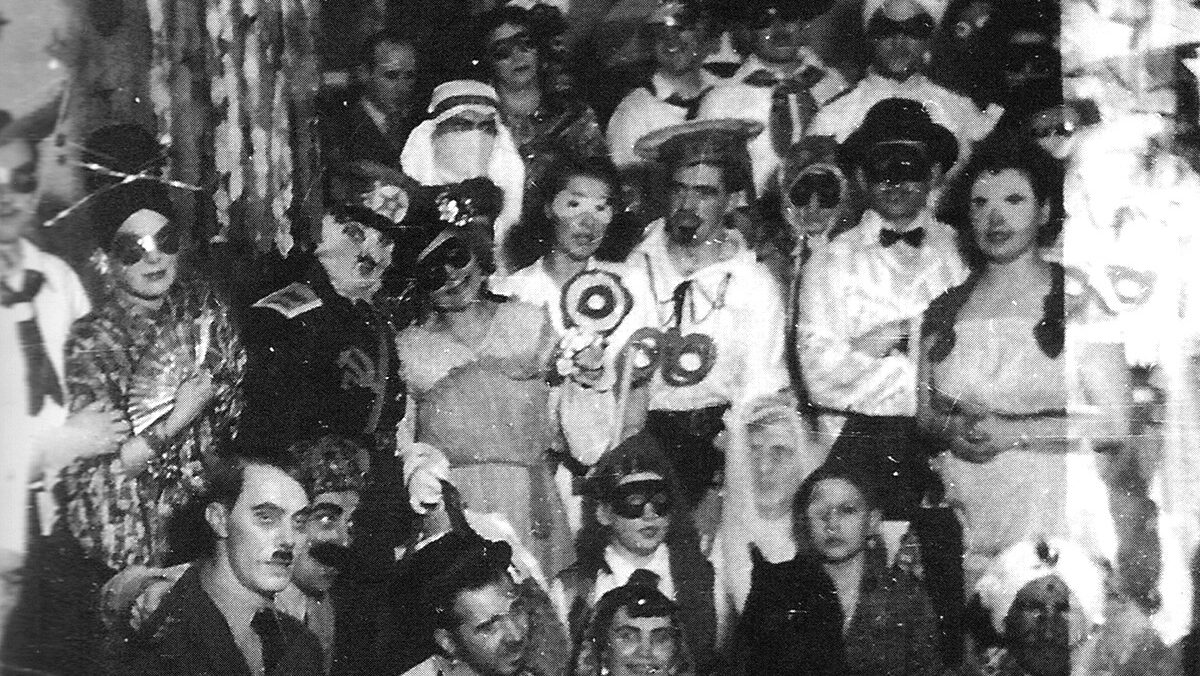The Camino de Santiago is a collection of seven official pilgrimage routes across the Iberian Peninsula that were first walked in the Middle Ages. At the end, in the city of Santiago de Compostela, is a shrine to St. James; one of the 12 Apostles, who is believed to have spread Christianity in Spain.
Pilgrims historically walked to this city in Galicia to atone for their sins. Though, nowadays motivations are varied. According to Mountain IQ, “28.2% of walkers were simply looking for a new challenge, 28% were walking for a religious or spiritual purpose, 17.8% wanted to walk it in order to get away from the [busyness] of their everyday lives and connect with nature.” For the remaining people, this famous pilgrimage route is travelled to learn about local culture or for other undisclosed reasons.
Pauliine Maasik, who is currently a freelance translator in the autonomous community of Galicia, first came to northern Spain in 2001, when she began working as an au pair for a local family. She had studied Spanish for two years at the University of Tartu, for which her studies included translating Galician legends and short stories. Finding work in the city of Santiago gave her the opportunity to speak Spanish, as well as Galician, regularly.
Become a subscriber to continue reading!
Every week we bring you news from the community and exclusive columns. We're relying on your support to keep going and invite you to subscribe.
Starting from $2.30 per week.




